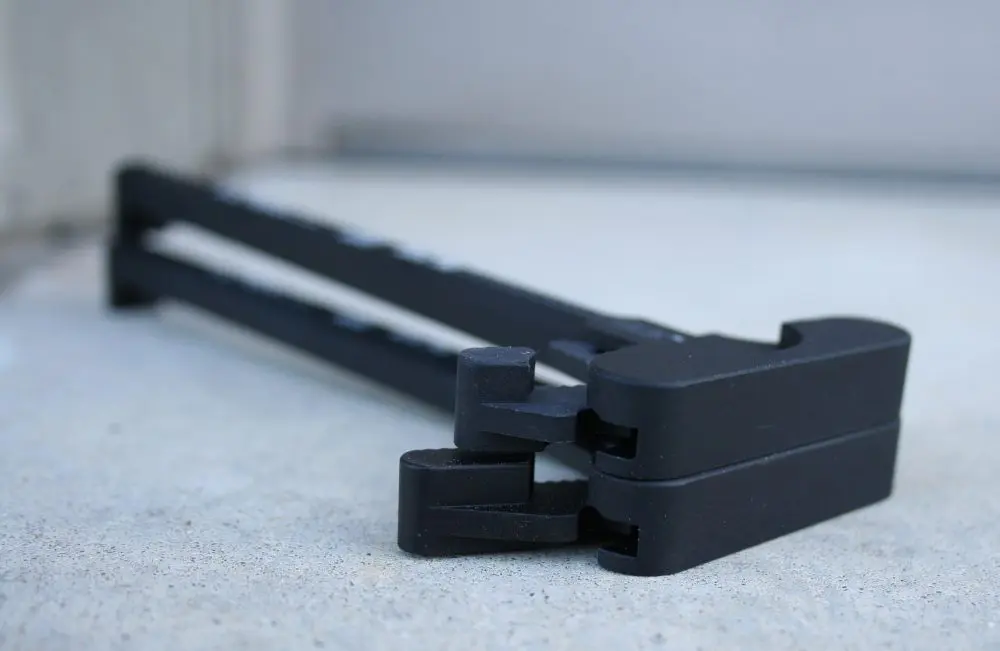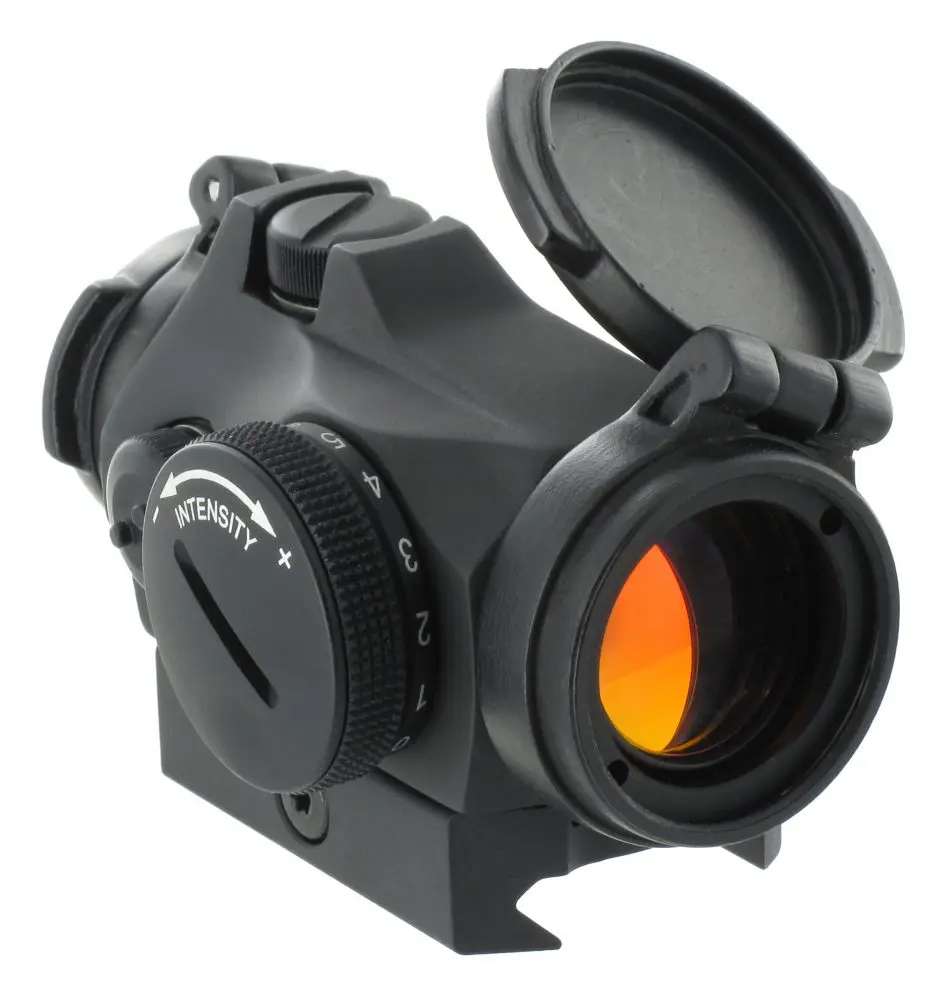
I noticed something a little different at the SHOT Show in January. Instead of rifles made of aluminum and plastic, there was a lot of interest in guns made from blue steel and wood. Maybe folks think they have bought enough AR-type rifles in the last few decades (hint: you can never have too many) or maybe they have found comfort in the present Administration’s favorable attitude toward the Second Amendment.
My favorite of the “old” guns are lever-action rifles. Older shooters may like them for nostalgic reasons, and younger shooters may be looking at them for cowboy action shooting, defense, or just plain fun. Available in calibers from .22 Long Rifle (LR) to .45-70 Government, there is a caliber that is right for your purposes.
I believe lever actions are a good choice for private citizens for self-defense, and also fill the role of patrol rifle for law enforcement. I can almost hear some people screaming that the ammo capacity of lever guns is too low, and lever guns are not accurate enough unless they have optics. For the private citizen or patrol officer, I disagree.
Most law enforcement shootings with rifles are within 100 yards with only a few shots fired. That is well within the capacity and distance of a lever gun. If you are a private citizen, unless your assailant also has a rifle, you’ll be hard pressed to make a case for self-defense at more than a quarter of that distance.
Table of Contents
WHAT I USE
Rimfires
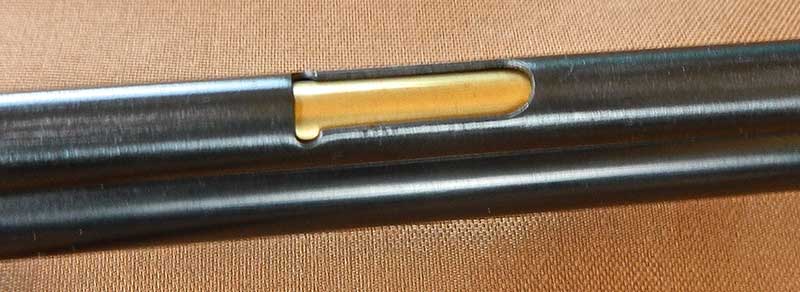
What can I say about the .22 LR that has not been said many times before? It’s fun to shoot, inexpensive, and makes a great sub-caliber trainer for a larger caliber rifle. My .22 is a no-frills Henry Classic. All Henrys have become renowned for their slick actions, and though lower priced than some models, the Classic is no exception. The first time I worked the action, I actually had to confirm I had chambered a round and not short-stroked the action. It’s that smooth.
The Classic has a bright blue finish with American walnut stock and forend. Like most repeating .22s, it loads from a tubular magazine under the barrel, instead of a loading gate on the receiver.
Aside from single-shots, most .22 rifles—especially semi-autos—only function with Long Rifle ammo. The Classic is capable of firing .22 LR (15 rounds), .22 Long (17 rounds), and .22 Short (21 rounds). Away from home, need ammo, and the small local store only has .22 Short? No problem with the Henry Classic.
Pistol-Caliber Carbines

When it comes to pistol-caliber carbines (PCC), lever-guns had the current fad of semi-auto PCCs beat by almost one and a half centuries. A carbine is a shorter version of the standard rifle, or chambered for a pistol cartridge. So, although some manufacturers call them rifles in their literature, if chambered for a pistol round, I refer to them as carbines.
In the Western U.S. in the mid to late 19th century, towns and resupply were few and far between. Having a long gun that used the same ammo as the handgun was a good thing. Known as “The Gun That Won the West,” the Model 1873 Winchester was made in .32-20, .38-40, and .44-40 and outsold all other Winchesters until the John M. Browning-designed Winchester Model 1894 came along.
Today, lever-action PCCs are made by Henry, Marlin, Winchester, and a few others. Common caliber offerings are .357 Magnum, .44 Magnum, and .45 Colt.
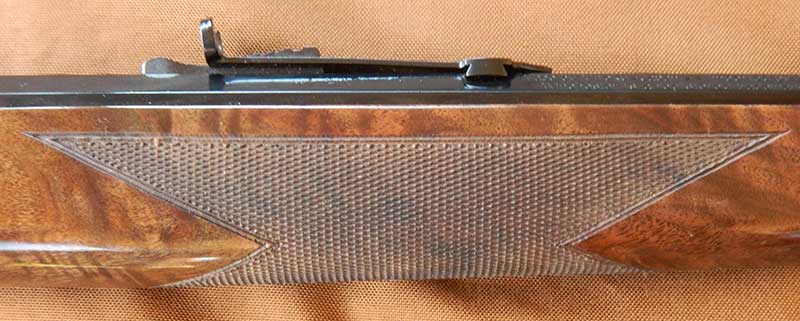
I like the .45 Colt cartridge. Years back, a wild, sharp-horned cow got in with our cattle. She had no brand or earmark, so we could not contact a ranch to come get her. The rogue bovine was a bully and tried to gore several cows and calves. One Cor-Bon .45 Colt round from a Model 1892 put a stop to that nonsense with authority.
My carbine is a Model 1892 from Navy Arms, chambered in .45 Colt. The bright blue finish is so deep it seems you could almost fall into it. The hammer and lever are color case-hardened, and Navy Arms also offers a version with a color case-hardened receiver.
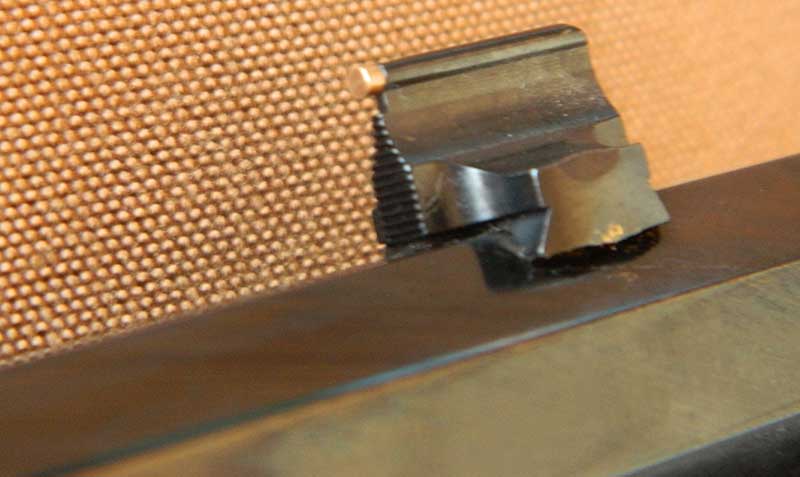
I’m sure I’ll cringe when it gets its first blemish, but I don’t own any “safe queens,” and this is a working gun. Sights consist of Marble’s semi-buckhorn rear with gold-bead front sight. On some versions, the upper tang is drilled and tapped to accept the Marble Arms peep tang sight, but mine is not. The trigger is a bit stiffer than I prefer, but still very usable.
The full 20-inch octagon barrel makes it a bit muzzle heavy, especially when the ten-round tubular magazine is fully loaded, but I find it very stable when shooting. It feeds and functions perfectly with all .45 Colt ammo I have fired in it, including lead Keith-type semiwadcutters. It also handles Black Hills Ammunition .45 Schofield ammo and adds a couple rounds to the capacity.
Rifles
In late 1893, Browning presented Winchester a new model lever-action rifle—the now famous Model 1894. The Model 94 was the first commercial American repeating rifle built to be used with the then-new .30-30 WCF (.30-30 Winchester) smokeless powder cartridge. Perhaps the most prolifically made U.S. firearm, well over 7,000,000 have been manufactured.
I went in search of a replacement for my ’94 that had been a casualty of my house fire. I found one at a local gun store in near pristine condition. Because it was so immaculate, I was fairly sure it was of recent manufacture, but a search of Winchester’s data base reveals mine was made the same year I was born—1954.

A standard model, the rifle has a 20-inch barrel, buckhorn rear sight, and hooded front sight with silver-colored bead. The tubular magazine holds seven rounds. The action is as smooth as you’d expect from a gun of its vintage, when firearms were put together by craftsmen as opposed to assemblers.
I attached an Andy’s Leather butt cuff to the stock, making six additional rounds available for a (relatively) quick reload.
The rifle lives in my truck in a Big Sky Racks two-gun roof rack along with another Browning design—a Winchester Model 1897 shotgun.
AMMUNITION
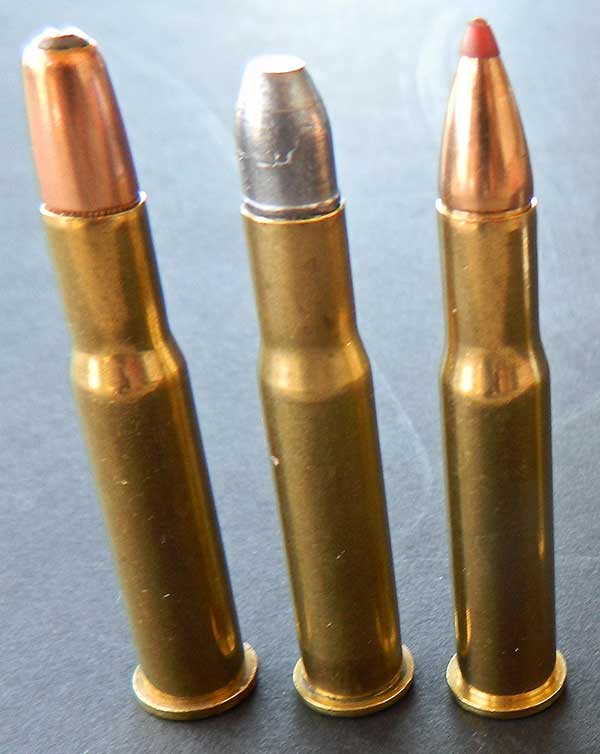
For economical practice, I handload hard-cast bullets for both the Model 1892 and 1894. For the .30-30, I use 168-grain round nose, and for the .45 Colt I load 230-grain flat nose, round point, and 255-grain semiwadcutters. Even though hard-cast, I load the .30-30 to moderate velocities to reduce the chance of “leading” the bore.
For years, the more or less standard loading for the .30-30 was a 158-grain round-nose jacketed soft-point bullet. Ballistically, it is on a par with the 7.62x39mm cartridge.
Round-nose or flat-nose bullets could not safely be used in the tubular magazine because, under recoil, a cartridge-loaded spire point could ignite the primer of the next round in the magazine, with disastrous consequences.

That all changed several years ago, when Hornady introduced the LEVERevolution® for lever-action rifles. The patented elastomer Flex Tip® technology of the FTX® and MonoFlex® bullets makes spire points safe to use in tubular magazines. The bullets feature higher ballistic coefficients and dramatically flatter trajectory for increased downrange performance.
They are available in 140-grain (Mono-Flex) and 160-grain (FTX) weights and are suitable on big game up to and including elk, breathing new life into the 124-year-old cartridge.
TECHNIQUE
Unlike what is portrayed in movies, the lever-action (like bolt-action rifles) should remain on the shoulder while the action is worked. Lowering it and then bringing it back into the shoulder takes more time to reacquire the target.
That extra time may result in not getting a follow-up shot on game or, if used in a defensive role, allow a bad guy to put more holes in you than you were issued at birth. But with a little practice, rounds can be placed on target quite quickly with a lever gun.
SUMMARY

I still practice and train with my ARs more than any other long guns. A BCM carbine with SureFire Scout light and SureFire 5.56K suppressor sits by my nightstand and is my “go-to” rifle for things that go crash in the night. Still, there is something about a finely crafted blued steel and walnut rifle that warms my heart.
It’s high time to bring “Grandpa’s rifle” out from the back of the safe and put it to use. That old lever gun remains viable for most any task you choose to use it for.
SOURCES
ANDY’S LEATHER
(603) 630-4072
www.andysleather.com
BIG SKY RACKS, INC.
(800) 805-8716
www.bigskyracks.com
HENRY
(201) 858-4400
www.henryusa.com
HORNADY MFG. CO.
(800) 338-3220
www.hornady.com
MARLIN FIREARMS
(844) 700-0870
www.marlinfirearms.com
NAVY ARMS, LLC
(304) 274-0004
www.navyarms.com
WINCHESTER REPEATING ARMS
(800) 333-3288
www.winchesterguns.com

